
After years of anticipation, Starlink - Elon Musk’s satellite internet venture, has finally received the green light to operate in India. While the news made headlines for its corporate significance, the real story lies far from boardrooms and policy desks. It lies in the dusty, disconnected corners of rural India, where poor connectivity has long hindered education, healthcare, commerce, and opportunity.
A Silent Struggle in the Shadows
For decades, villages across India have been promised the internet revolution. But even today, many rural schools share a single weak mobile hotspot. Farmers struggle to access real-time weather updates or mandi prices. Ailing patients in remote hamlets are cut off from telemedicine. Women and youth, hungry for knowledge, are unable to stream lessons or apply for online jobs. The Digital India dream remains a postcard of promise, not a page of progress.
This is where Starlink enters. It is not just a business, but potentially a bridge to dignity and inclusion.
Starlink’s Promise to the Villages
Starlink’s model is uniquely suited for rural terrain. Unlike fiber cables that take years and large investments to lay through forests, hills, and deserts, Starlink uses Low-Earth Orbit (LEO) satellites to beam internet directly from the sky. All a user needs is a small dish and access to power. Within minutes, a remote tribal school or village panchayat can go online at speeds fast enough to stream video, hold Zoom calls, or operate an e-clinic.
This could democratize the digital experience and offer the same quality of internet in Leh or Bastar as in Bengaluru or Delhi.
Beyond Connectivity: A New Rural Economy
- Education Empowered: With reliable internet, rural students can join live online classes, prepare for competitive exams, and access global learning resources without migrating to cities.
- Farmers Connected: Starlink can enable smart agriculture, including GPS-based sowing, drone monitoring, market rate tracking, and direct-to-consumer sales that bypass middlemen.
- Healthcare at the Edge: Remote villages could connect to AI-powered diagnostic tools, video consultations, and emergency health services.
- Jobs from Home: Freelancing, remote tech support, virtual tutoring, and rural BPOs all become possible when the internet is no longer a luxury.
Challenges That Must Be Tackled
However, Starlink's promise is not magic. It must clear crucial regulatory hurdles and secure approvals from India’s space authorities. More importantly, rural rollout must be affordable. If Starlink charges a premium rate like in the US (around $100 per month), it risks becoming just another elite product in a country of modest means.
The government must step in not only to regulate but also to subsidize and partner. Just as roads and electricity were brought to villages as public goods, digital access must be treated as a right rather than a paid service.
A Satellite Revolution with a Human Heart
For rural India, Starlink is not just another telecom player. It is a second chance. A chance to undo decades of neglect, to connect hearts and hopes across mountains and marshes, and to light up not just screens but lives.
If implemented well, Starlink could turn India’s "last-mile" problem into its first step forward.


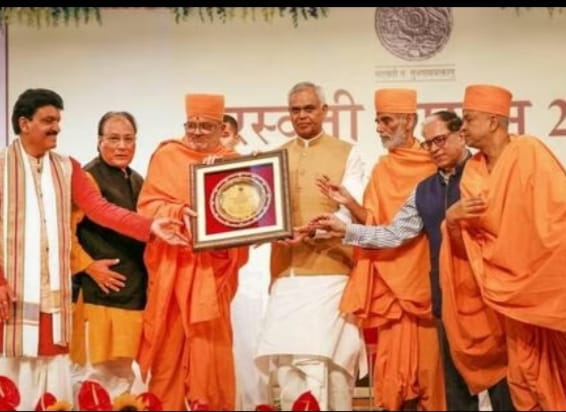
.jpeg)


.jpeg)


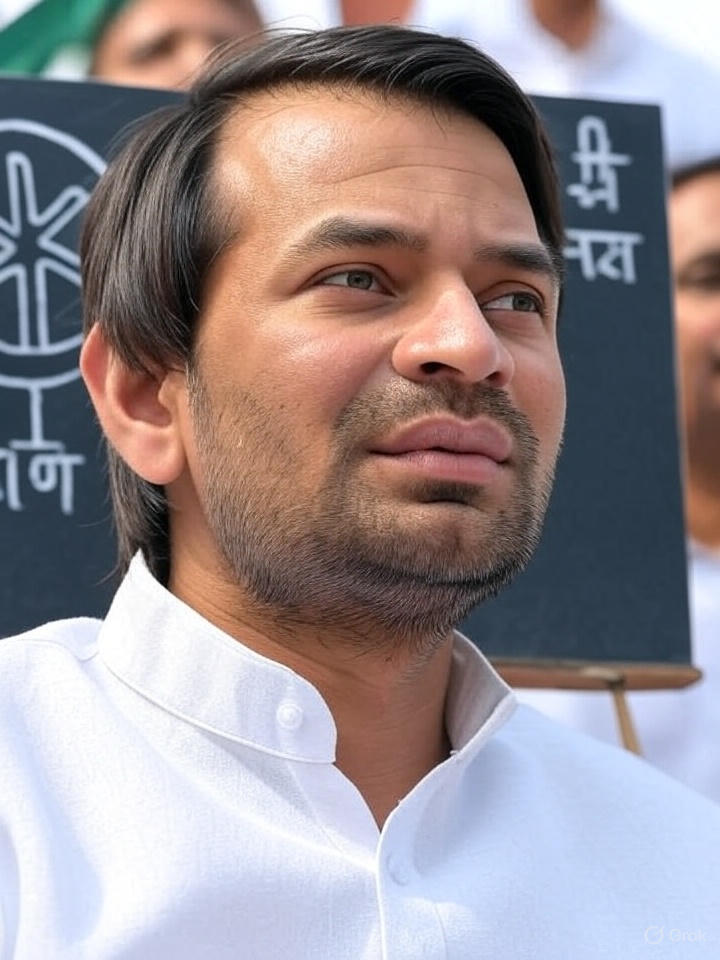
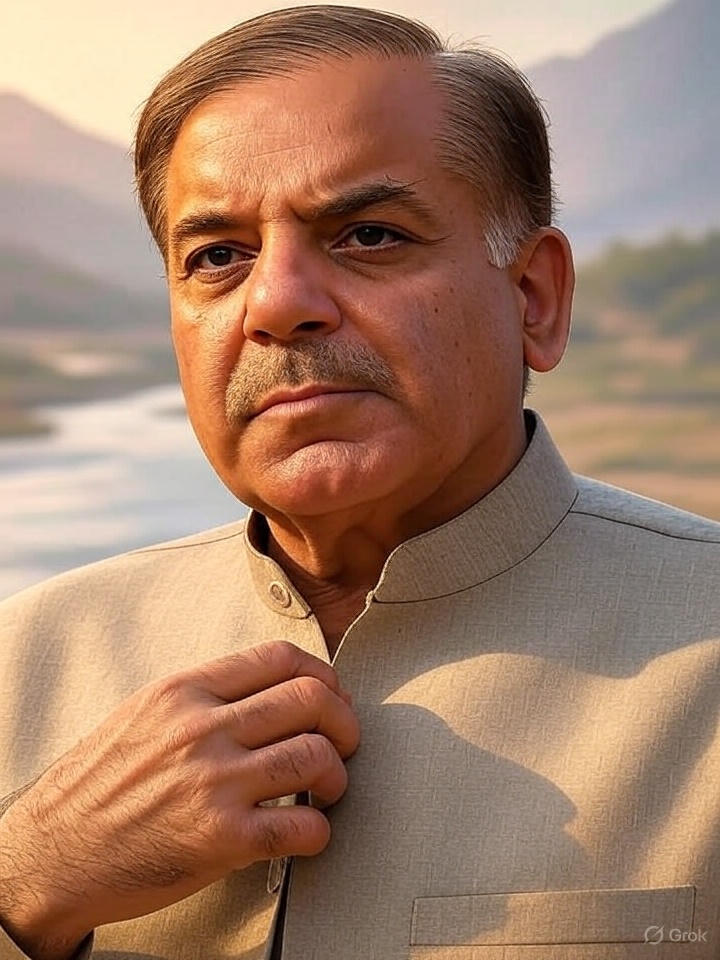
.jpeg)

.jpeg)


.jpeg)

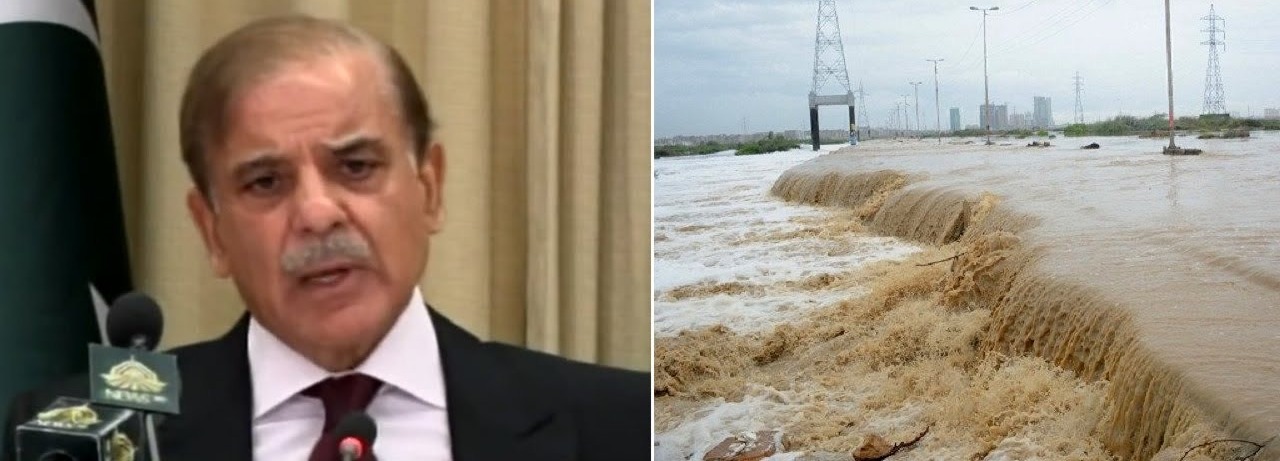
.jpeg)
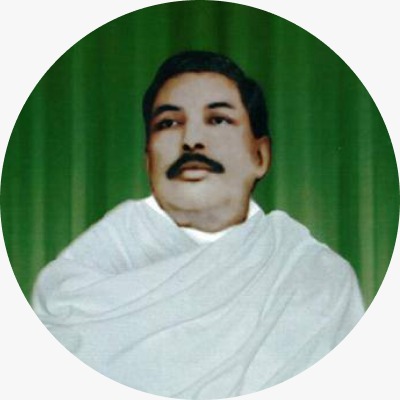
.jpeg)